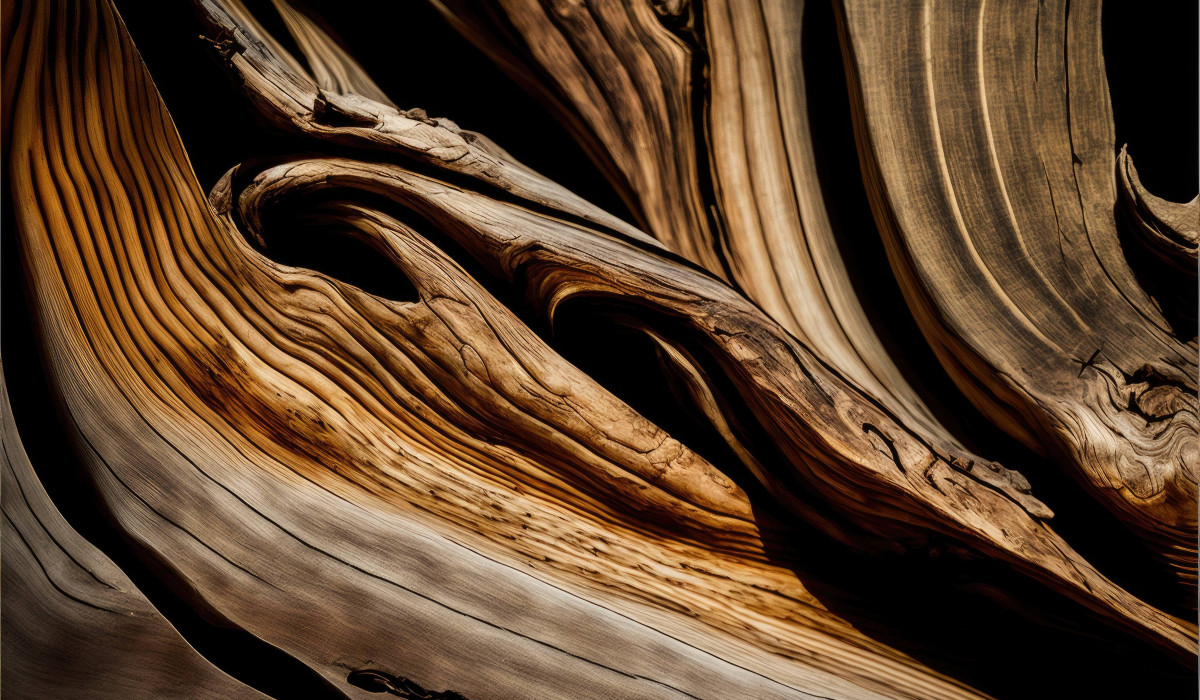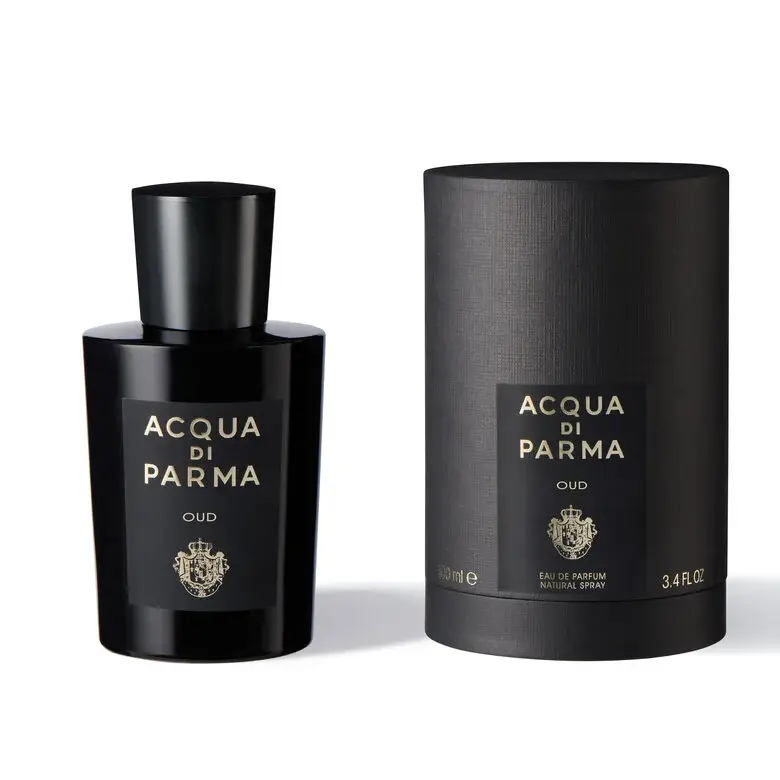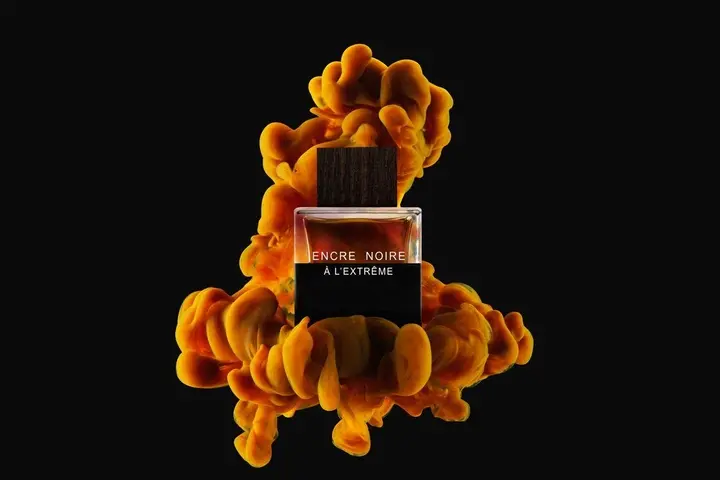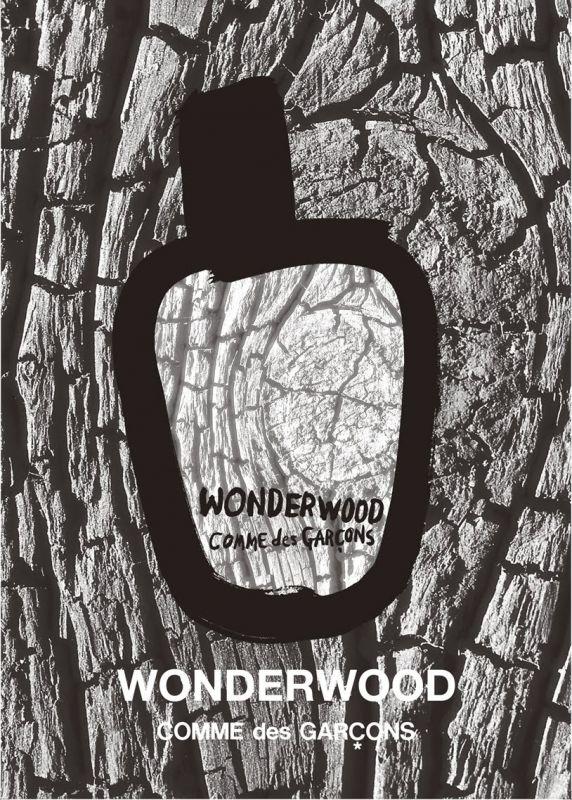Best Men Fragrances with Wood Notes
- Posted by: angeli.krohmal
The fact that people wanted to surround themselves with beauty for a long time is known to everyone, and the same applies to odors. Since time immemorial, ancient people have paid great attention to the odors emitted by certain fruits, plants, flowers, trees and herbs. In addition, resins and other similar substances attracted attention and even animals have similar properties (it is worth remembering the animal ambergris or civet). But why do we persistently look for an inscription for a man or for a woman on the perfume box? How was such a request formed and what studies were guided in past eras when choosing a fragrance? Let's take a closer look at the history of gender division of scents and pay attention to a separate perfume direction for men - woody.
In the beginning, there were balms and incense. In the ancient world, the word perfume did not exist, nor did the concept. The ancient civilizations of Egypt, Rome, India and others willingly worshiped ancient deities and living kings and conducted various rituals in their honor, the smell of which was almost a central element. There were many reasons why it was so important to fumigate rooms and their idols - protection from evil spirits, additional decoration and so on. Such first substances were created by putting various odorous pieces into oils, then burning the mix to create aromatic smoke, or infusing it for a long time to put it on the skin of kings, for example. The more complex the fragrance was, the more hard-to-find ingredients it contained, the less often it was used, and only the wealthiest of the society possessed such compositions. But the culture of aromatization was widespread in almost all strata of ancient society.
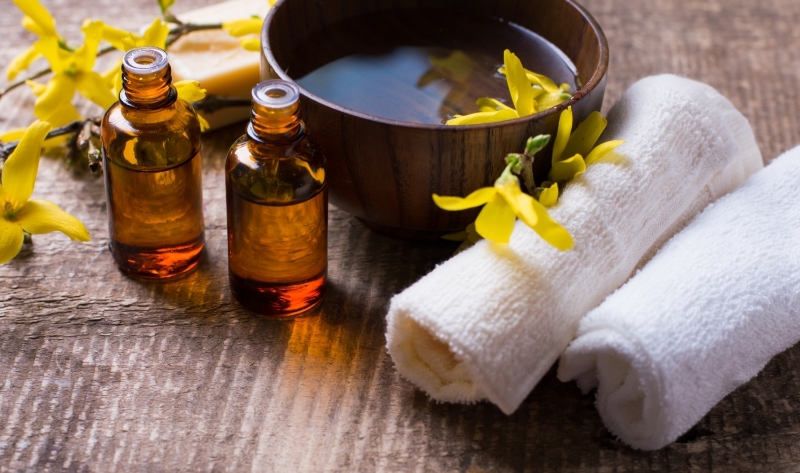
Today there is a rather extensive classification of perfume directions, each of which is defined by some characteristic sound. The wheel of fragrances was created by perfumer Michael Edwards in the 1980s and divided into 4 main families with subgroups. It is not difficult to guess that the origins go back to nature and the division has quite clear boundaries, although some mixing of ingredients that can belong to more than one point of classification is not excluded. Thus there are subgroups that are categorized into families, because similar sounding notes may belong to different types of source material (for example, patchouli is a plant, but it is related to woody materials because of its smell).
At some point in time, with the special development of marketing and social changes (such as the sexual revolution, for example),experts began to select and assign certain categories to one gender or another. Thus the opinion was established that wood characterizes masculine strength, resilience, power and stability. All this, to be fair, is a rather subjective description, especially in view of the fact that throughout the history of perfumery development, depending on the era and geography, certain properties of perfumery materials were attributed to them and vice versa.

Woody notes are one of the 4 main families according to the mentioned classification. This is a vast territory where perfumers work with almost hundreds of notes that sound like woods, leaves, bark, moss, sawdust and so on. Such fragrances can sound quite different and often unexpected: sweet, dusty, smoky, dry, warm, moist, with earthy or damp grassy tones. There are also subcategories within this family - pure woody, woody oriental, woody chypre, and woody drydown. Each of the subcategories includes special components that characterize it in a particular way. In this article we will focus on the most popular varieties of woods and related plants, which are used in the creation of perfumes most often.
Woody notes in fragrances emphasize the masculinity of the stronger sex. The variety of wood species used in the creation of men's perfumes makes it possible for every gentleman to find his "signature scent". Dry and wet, tinged with sweet resins or dusty and bitter - wood perfumes will put the forct on your natural masculinity and stretch a thin thread to nature.
There are a lot of woody perfumes but we have chosen the most distinctive and status-oriented options in this selection.
Oud
Or more specifically, the agarwood tree. This species of tree is one of the most valuable and expensive in the world. Oud itself is a derivative substance that is formed on those fragments of wood that are affected by a special fungus. It can be said that nature itself is somewhat of a perfumer and offers its solutions to human. The wood itself has a very neutral flavor, but the substance oud has features that cannot be confused with anything. The smell of oud is specific and multifaceted - from sweet-smoky, slightly leathery or balsamic to heavy, sharp sour-alcoholic. In Eastern countries, compositions with this note have always been popular, while Europe and America have picked up the trend in the last 15 years or so. The high cost of the oud substance is due to the fact that it is necessary to strictly control the number of healthy and fungus-affected agarwood trees.
Sandalwood
Sandalwood grows in tropical latitudes, in Asia, some regions of America and Australia. The extract is produced by steam distillation, and trees of a certain age are used for this purpose, which accounts for the rather high cost of the ingredient. Sandalwood can be called one of the most delicately smelling trees. Most often in perfumery you can find its creamy and milky barely sweetish tones. But there is also another side to sandalwood - brackish and even briny. This can be slightly surprising, but usually this shade of fragrance is not shocking. Overall, the scent of sandalwood can be described as calm, peaceful and meditative.
Cedar
The most popular coniferous tree used in perfumery. This fragrance is highly recognizable for its warming properties. The extract is obtained mainly from the young shoots and the needles themselves. It was used in ancient times for incense, medical purposes and embalming. Cedar's aroma hues range from green herbaceous to balsamic, sweet and even a little floral.
Rosewood
Another exotic species with several varieties. Rosewood is rightly considered a floral wood - depending on the species, the wood smells like rose, lily of the valley and other flowers with subtle spicy undertones. The oil is extracted from the core of the trunk. Perfumes with this note are most often languid, sensual and calmly exotic.
Oak moss
This is one of the most famous and common "fixers" of perfume compositions. In fact, oak moss is a lichen and odor describes its life and origin quite clearly: it is the scent of moisture and dampness, soil, grasses growing nearby and tree bark. In times when perfumery was not so strictly controlled, oak moss became almost the main component of compositions, which led to a crisis in its growth. In addition, as a result of careful chemical studies found that moss has allergic properties, so today the natural extract is increasingly replaced by a synthetic analog.
Vetiver
This is an evergreen cereal plant, which has long been used for olfactory purposes. Vetiver is rightly considered one of the best notes for men's perfumes - it can not be called gentle and sweet in any way. Most often oil from the roots of the plant is used. The smell of vetiver can be characterized as rather pungent, grassy with citrus tones, green and fresh.
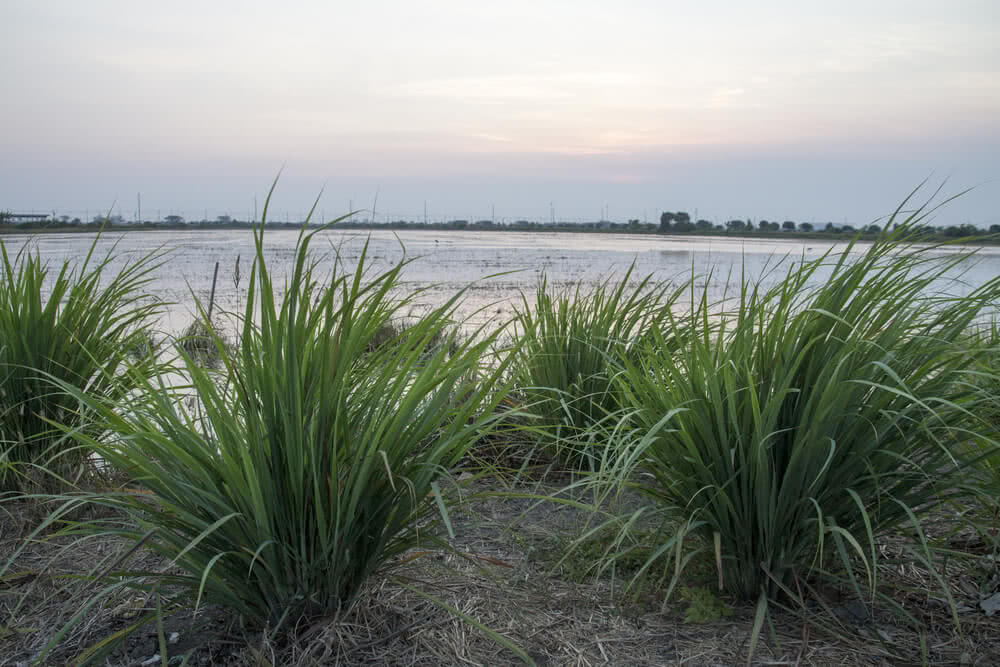
Patchouli
This shrubby exotic plant has distinctly woody undertones. But it is also often found in another hypostasis. Perfume lovers are most often divided into 2 camps: some prefer patchouli's manifestation as the smell of dry cocoa powder or dark chocolate; others love patchouli for its manifestation as a moist, earthy and even raw sour green aspect.
Palo santo
A sacred tree from South America that plays a large role in the spiritual side of life of the people there. Palo santo is strongly associated with yoga, meditation and relaxation. In perfumery, this note has been used relatively recently, but has already gained popularity. The aroma of wood is really soothing - in it you can catch notes of sweet citrus, roses, wood and smoke. Compositions with this note will be appropriate in almost any case.

Related to the woody direction are chypre, leather and even fougere compositions. One way or another, many woody notes are used in the mentioned sections to create truly unique works of perfumery art. It should not be forgotten that one and the same source material depending on the chemical processing can acquire a completely different sound - this is what makes perfume production so unique.
Woody notes in perfumes are associated with collectedness, restraint and a certain conservatism which is often inherent in men. However, our editorial staff gives advice - don't hesitate to discover new fragrances regardless of gender and the circumstances in which you apply them.




